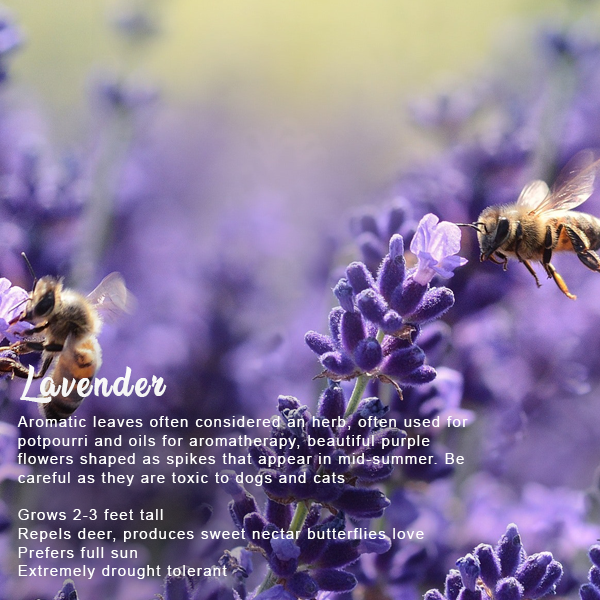The Best Christmas Plants to Brighten Your Home This Holiday Season
The Best Christmas Plants to Brighten Your Home This Holiday Season The holidays are the perfect time to bring a little extra life, color, and
Pollinators—like bees, butterflies, and hummingbirds—are essential to a thriving garden. They help plants reproduce, ensuring beautiful blooms and bountiful harvests. Whether you’re growing flowers, vegetables, or fruit trees, creating a pollinator-friendly space is a fun and rewarding way to connect with nature. Plus, it’s a great family-friendly activity to get kids involved in gardening!
Pollinators are drawn to plants that provide nectar and pollen, and native plants are their favorite. Choose a mix of flowers that bloom at different times throughout spring and summer to ensure a steady food source. Some great choices include:
Encourage kids to pick out their favorite flowers and plant them together. It’s a hands-on way to teach them about the role pollinators play in nature!

Many chemical sprays harm beneficial insects along with pests. Instead, opt for natural pest control methods, like introducing ladybugs to combat aphids or using neem oil sparingly. If you must use pesticides, choose pollinator-safe options and apply them in the early morning or late evening when pollinators are less active.
Just like us, pollinators need water! A shallow dish with stones or marbles can serve as a safe drinking spot for bees and butterflies. Birdbaths with gently sloping edges also work well for hummingbirds. Let your kids help fill the water source and observe which pollinators stop by for a drink!
Pollinators need safe places to rest and lay eggs. Consider adding:
Building a bee house can be a great DIY project for families—simply drill small holes into a wooden block or bundle hollow stems together.
Instead of immediately cutting back herbs like basil, dill, and fennel, let some flower and go to seed. Many pollinators love the blossoms, and the seeds can attract birds later in the season. This simple step keeps your garden buzzing with life while providing a learning opportunity for kids about plant life cycles.
Large, manicured lawns offer little for pollinators. If possible, reduce lawn space and replace it with wildflowers, flowering shrubs, or a pollinator-friendly meadow mix. Even a small corner of your yard can make a difference!
Encouraging pollinators is a fantastic way to get kids excited about gardening and nature. Try these fun activities:
By creating a welcoming space for pollinators, you’ll not only help the environment but also enjoy a more vibrant, productive garden. This spring, take a step toward a healthier ecosystem—one flower at a time!
Missed some of our other posts? 💡
catch up on Moscarillo’s posts below
The Best Christmas Plants to Brighten Your Home This Holiday Season The holidays are the perfect time to bring a little extra life, color, and
Best Houseplants for Low-Light Winter Homes When winter casts long shadows and daylight becomes scarce, many homes lose the bright sun that plants crave. But
Prepping Your Garden for Winter in Connecticut As the days grow shorter and the temperatures drop here in Connecticut, gardeners in Zone 6 know it’s
Step Into the Magic of the Holidays at Moscarillo’s Experience the Magic of the Holidays at Moscarillo’s The holidays are one of the most magical
Creating a Greener Tomorrow: A Guide to Sustainable Landscaping Landscapes shouldn’t come at the cost of the environment. Sustainable landscaping is all about working with
POLLINATOR PARTY WEEKEND Celebrate the vital role of bees, butterflies, and other pollinators during Pollinator Weekend at Moscarillo’s Garden Shoppe! Whether you’re a seasoned gardener or
